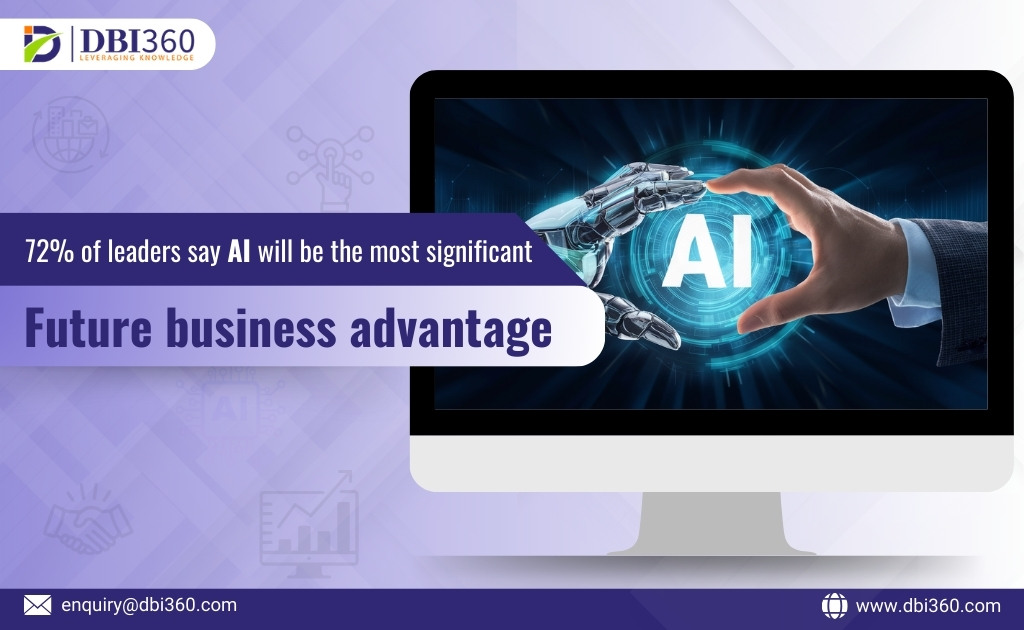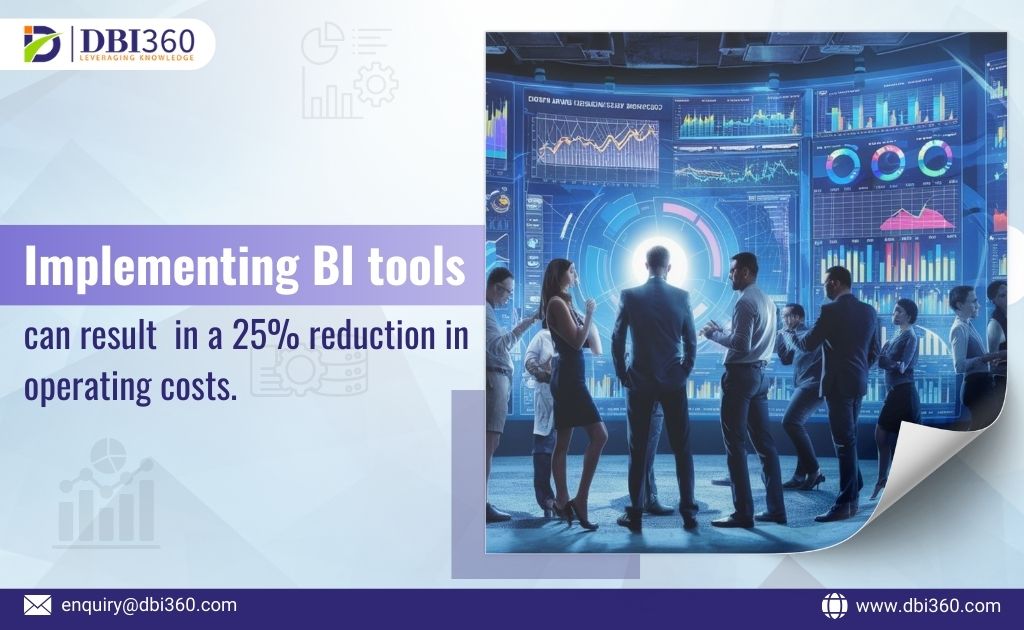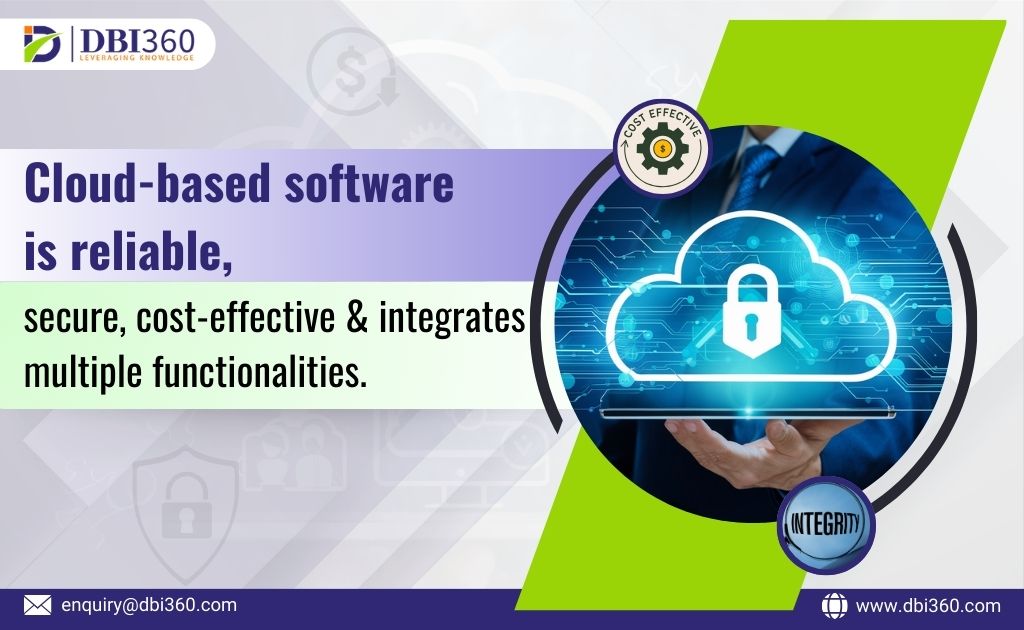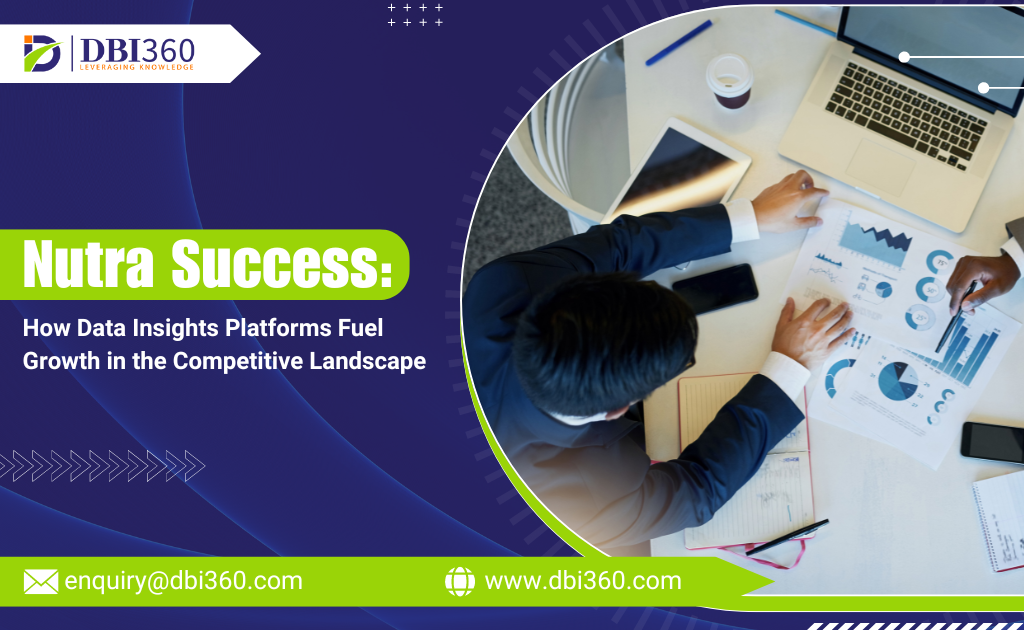Introduction
Organizations must be agile and make informed decisions quickly in today’s fast-paced business landscape. However, abundant data and complex data ecosystems often hinder this process. This is where automated data integration comes into play. By automating data integration from various sources, businesses can streamline processes, enhance data quality, and confidently make data-driven decisions. In this blog, we will explore the benefits of automated data integration, best practices for implementation, and real-world examples of organizations leveraging automation to achieve improved business agility and decision-making. Let’s dive into the world of automated data integration and unlock its transformative power.
Benefits of Automated Data Integration:
Streamlined Data Integration Process: Automated data integration eliminates manual and time-consuming tasks, such as data extraction, transformation, and loading (ETL). This streamlines the integration process, allowing organizations to access and analyze data from multiple sources rapidly.
Enhanced Data Quality: Automation reduces the risk of human errors and inconsistencies in data integration. By enforcing standardized processes and rules, businesses can improve data quality, ensuring decision-makers have accurate and reliable information at their fingertips.
Increased Business Agility: With automated data integration, organizations can respond quickly to changing business needs and market dynamics. Businesses gain real-time insights by efficiently integrating and consolidating data, enabling agile decision-making and a competitive edge.
Cost and Time Savings: Manual data integration processes are labor-intensive and time-consuming. Automation reduces the need for manual intervention, saving valuable time and resources. Moreover, streamlined processes enable organizations to allocate their workforce to more strategic initiatives.
Best Practices for Implementing Automated Data Integration:
Define Integration Objectives: Clearly articulate and align your integration goals with your overall business objectives. This will guide the automation process and ensure it supports your organization’s needs.
Choose the Right Integration Tools: Evaluate and select tools that align with your data integration requirements. Consider data volume, complexity, scalability, and compatibility with existing systems.
Standardize Data Formats and Protocols: Establish standardized data formats, protocols, and models to ensure compatibility and seamless integration across different systems and applications.
Implement Data Governance and Security Measures: Prioritize data governance and security throughout the automated integration process. Define access controls, data ownership, and privacy guidelines to safeguard sensitive information.
Real-World Examples of Automated Data Integration:
Company A, a global e-commerce retailer, implemented an automated data integration solution that seamlessly integrated data from various sales channels, inventory systems, and customer databases. This enabled them to gain real-time visibility into their operations, optimize inventory management, and personalize customer experiences.
Company B, a financial services provider, automated data integration across their banking systems, CRM platforms, and risk management tools. This allowed them to consolidate and analyze customer data, identify cross-selling opportunities, and improve risk assessment for better decision-making.
Company C, a healthcare organization, leveraged automated data integration to integrate patient records from electronic health records (EHR) systems, lab databases, and billing systems. This enabled them to create a unified view of patient data, improve care coordination, and enhance clinical decision support.
Conclusion
Automated data integration is a game-changer for organizations seeking to improve business agility and make data-driven decisions. By streamlining the integration process, enhancing data quality, and enabling real-time insights, automation empowers businesses to respond quickly to market changes and gain a competitive edge. Implementing best practices and leveraging the right tools is crucial for successful automated data integration. Real-world examples demonstrate the tangible benefits organizations have achieved by embracing automation. Embrace automated data integration as a catalyst for business agility and informed decision-making and unlock the full potential of your data.









